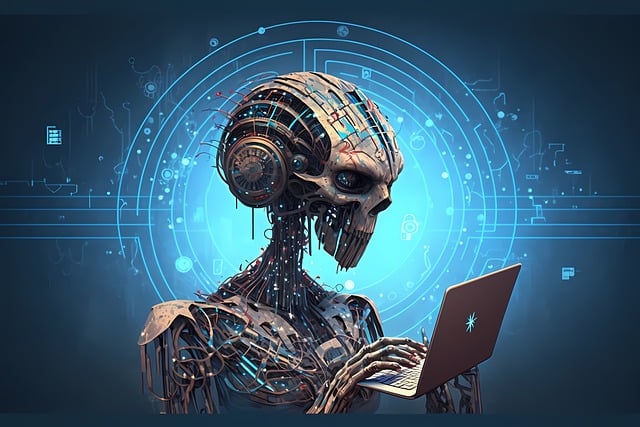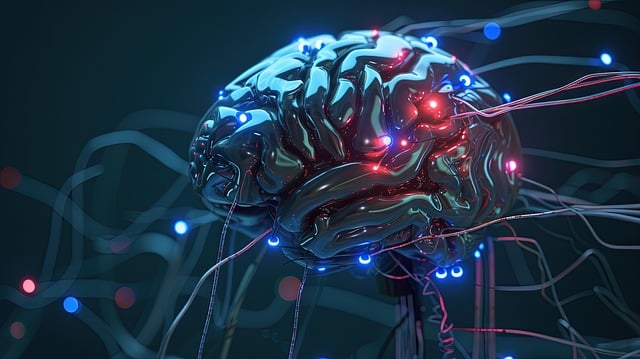Selecting the right machine learning algorithm is a crucial step for the success of any AI-driven project. The choice depends on several factors, including the type of data you have, the goals of your project, and the performance requirements. Making the wrong decision can lead to inefficient models and wasted resources. In this blog post, we will explore how to make an informed choice by understanding the nuances of various machine learning algorithms and matching them to your project’s needs.
How to Choose the Right Machine Learning Algorithm for Your Project
Choosing a machine learning algorithm requires balancing the complexity of the algorithm with the specific requirements of your project. Here’s how you can effectively choose the right algorithm for your use case.
Understand Your Data
Your dataset plays a significant role in determining the most suitable algorithm.
- Analyze the type of data
Identify whether your data is structured or unstructured, as this will narrow down your options. Structured data often works well with algorithms like logistic regression or decision trees, while unstructured data may require neural networks. - Size of the dataset
Small datasets perform better with simpler models like k-nearest neighbors (KNN) or linear regression. Larger datasets can leverage the power of more complex algorithms such as gradient boosting or support vector machines. - Missing and noisy data
If your data contains gaps or errors, focus on algorithms like random forests, which are robust to noise, or preprocessing techniques like imputation before choosing your model.
Define the Objective
Clarify what you aim to achieve with your project.
- For classification tasks
If you need to classify data into distinct categories, algorithms such as support vector machines, decision trees, or deep learning models are suitable. - For regression tasks
When your goal is to predict continuous values, linear regression, ridge regression, or neural networks are common choices. - For clustering tasks
If you aim to group data based on similarity, unsupervised learning algorithms like k-means or hierarchical clustering are effective.
Evaluate Algorithm Complexity
Different algorithms require varying levels of computational power.
- Simple models for quick results
Linear regression, logistic regression, and Naive Bayes are lightweight and work well for smaller or less complex datasets. - Advanced models for accuracy
For large-scale or high-dimensional data, advanced algorithms like random forests, XGBoost, or neural networks provide greater precision but demand more computational resources.
Consider the Training Time
Time constraints can influence your choice.
- Fast training algorithms
Algorithms like decision trees and KNN offer quick results and are suitable for real-time applications. - Longer training time for better results
Algorithms such as deep learning models and support vector machines require more time but are capable of delivering superior performance for complex tasks.
Conclusion
Choosing the right machine learning algorithm for your project is a multifaceted decision that involves understanding your data, project objectives, computational resources, and training time. By carefully considering these factors, you can align your algorithm choice with the specific needs of your project, ensuring efficiency and accuracy. Whether you’re working on predictive analytics, clustering, or time-series forecasting, an informed approach will set the foundation for a successful AI solution.






